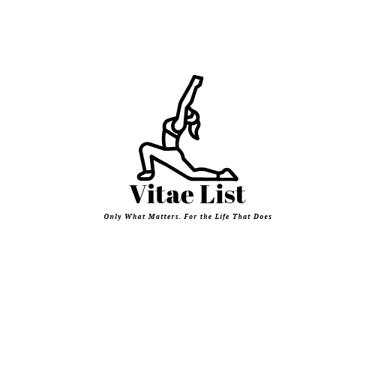Cold Exposure vs Sauna: What’s Best for Recovery and Wellness?
Curious whether ice baths or saunas offer better recovery results? This guide compares the science-backed benefits of cold exposure and heat therapy—highlighting how each supports inflammation, circulation, mood, and muscle recovery. Whether you’re an athlete or wellness enthusiast, discover which method (or combo) fits your routine and recovery goals best.
WELLNESS
Vitae List
6/7/20252 min read


Cold Exposure vs Sauna: What’s Best for Recovery and Wellness?
Affiliate Disclaimer: This post may contain affiliate links. As an Amazon Associate, we earn from qualifying purchases. This helps support our content creation at no extra cost to you.
Introduction: Hot or Cold—Which Recovery Tool Reigns Supreme?
From professional athletes to everyday wellness warriors, hot and cold therapy are rising in popularity as essential tools for recovery and performance. But with ice baths on one end and infrared saunas on the other, which delivers the better results? In this guide, we compare cold exposure and sauna therapy, helping you determine which option best fits your recovery routine and wellness goals.
Benefits of Cold Exposure
Also known as cold therapy or cryotherapy, cold exposure typically involves ice baths, cold showers, or cryo chambers. The shock to the system has real physiological benefits.
1. Reduces Inflammation and Muscle Soreness
Cold temperatures help constrict blood vessels and reduce inflammation, which is key for post-workout recovery.
✅ Try: [Icedoo Recovery Pod – Portable Ice Bath] https://amzn.to/4dIRuQt
📌 Great for: Reducing DOMS (delayed-onset muscle soreness) after intense training.
2. Boosts Mood and Alertness
Cold showers or plunges increase norepinephrine levels, a neurotransmitter linked to mood, alertness, and focus.
3. Strengthens Immune Response
Studies suggest that regular cold exposure may help improve immune function over time.
Benefits of Sauna Use
Saunas—whether traditional or infrared—deliver heat therapy that encourages sweating and deep tissue relaxation.
1. Improves Circulation and Cardiovascular Health
The heat causes blood vessels to dilate, increasing circulation and heart rate similarly to light cardio.
✅ Try: [Deep Modality Infrared Sauna Blanket ] https://amzn.to/4mIRYtO
📌 Great for: Relaxation and passive recovery, especially after a stressful day.
2. Promotes Detoxification
Sweating through heat exposure helps remove toxins and improves skin health.
3. Enhances Sleep and Relaxation
Sauna use before bedtime may aid in reducing stress levels and improving sleep quality.
Cold vs Hot: Which Should You Choose?
For Inflammation and Immediate Recovery: Cold exposure is best right after a workout to reduce swelling and soreness.
For Relaxation and Stress Relief: Sauna sessions are excellent for calming the nervous system and promoting deep relaxation.
For Immune and Hormonal Balance: Both therapies can contribute—alternating between hot and cold may offer the most balanced results.
Contrast Therapy: Best of Both Worlds?
Alternating between hot and cold exposure (known as contrast therapy) is gaining traction as a powerful recovery protocol. This technique may enhance circulation, flush out toxins, and optimize recovery time.
✅ Pro Tip: Try 3 minutes in a cold bath followed by 5–10 minutes in a sauna or hot shower, repeating for 2–3 cycles.
How to Get Started Safely
Start Slow: Especially with cold exposure—acclimate gradually.
Stay Hydrated: Both therapies increase fluid loss; replenish accordingly.
Listen to Your Body: Stop if you feel dizzy, faint, or overwhelmed.
Conclusion: Recovery Isn’t One-Size-Fits-All
Choosing between cold exposure and sauna comes down to your goals. Need to bounce back quickly from an intense workout? Go cold. Looking to melt away stress and sleep better? Heat it up. Or, better yet—use both as part of a well-rounded wellness routine. Consistency is key, and pairing recovery tools with hydration, sleep, and proper nutrition makes all the difference.
